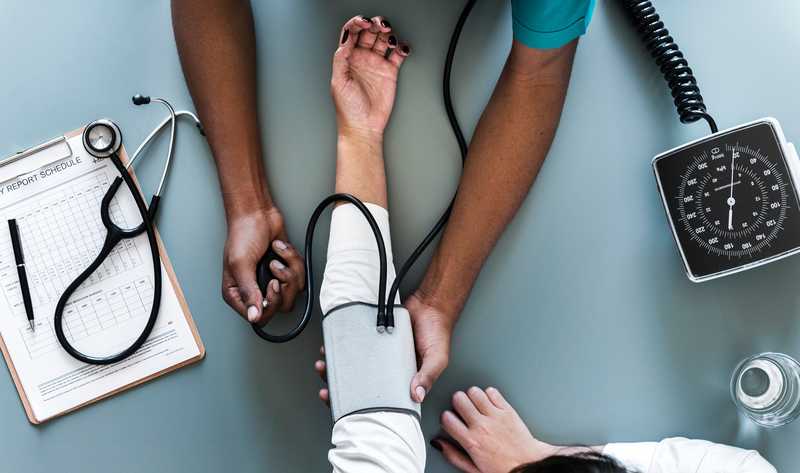Good Medicine vs. Bad Laws
Sunday, September 23, 2018 blog Share
Applauding healthcare professionals who put patients first
Making abortion hard to access or illegal doesn't make it go away. It simply forces people to find alternative methods of ending a pregnancy. It also puts doctors, nurses, and other medical providers who might otherwise provide abortion care in the position of trying to help people minimize the risk of a DIY abortion.
This approach is called harm reduction, and it's based on the idea that even when healthcare professionals can't provide an abortion themselves, they can still do things before and after the abortion to make sure the outcome is as safe as possible. Some of the ways a healthcare provider might do this include the following:
- Confirming that people are actually pregnant and assessing them for health risks. This might reveal that someone has a health condition or nonviable pregnancy that justifies legal treatment.
- Counseling people about the safest methods of self-managed abortion—most likely abortion with pills—even if the law prohibits the healthcare provider from giving out the medications or telling people how to get them.
- Warning people about possible signs that they need to seek medical care after a self-managed abortion and explaining that it's impossible to tell the difference between complications from a medication abortion and complications of miscarriage.
- Encouraging people to return to the provider for a follow-up visit to make sure the abortion is complete and provide contraception if they want it.
The harm reduction model is one approach to improving the safety and effectiveness of self-managed abortions and reducing the risks of post-abortion complications. Another way to get trustworthy information about getting and using the abortion pill is to visit AbortionPillInfo.com, where you'll find lots of information in our FAQs, as well as a secure confidential portal to ask questions of our multilingual counselors.

 get abortion pills
get abortion pills
 get contraceptives
get contraceptives
 donate
donate


